Two lifeboats were launched, one containing sixteen of the crew, one with twenty-six, but they drifted apart in the Atlantic. The twenty six crew were eventually picked up and taken to Newfoundland.
Floating overnight in the cold the smaller group of crewmen were delighted the next morning to see a ship on the horizon. Their delight turned to confusion when it revealed itself as the San Demetrio, still ablaze and still afloat. The next night the ship was still in view, and rather than spend a third night at sea, the decision was taken to reboard her. The crew managed to get the fires under control. Without steering or navigational equipment, they jury-rigged a rudder and managed to work out their course from the path of the sun. The skeleton crew sailed the damaged San Demetrio over one thousand miles back to Britain, where she arrived on 16th November with her precious cargo almost intact.
The crew's heroism did not go unrewarded. By maritime law, it was decided they were entitled to the salvage rights for the vessel, worth between one and two thousand pounds each. The San Demetrio itself however, was sunk by a U-boat in 1942.



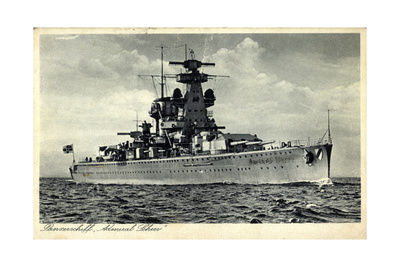
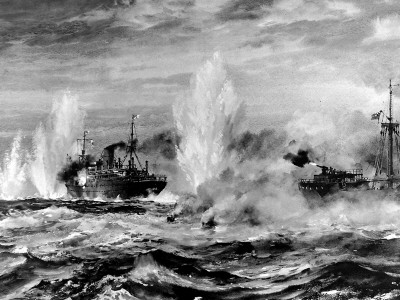
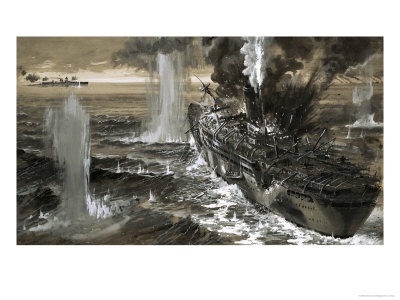

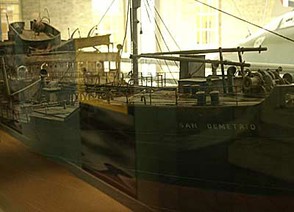





















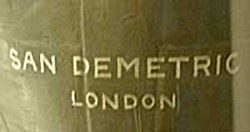

 Alternatives to Tweetdeckon 03/06/2015
Alternatives to Tweetdeckon 03/06/2015
 Computer Game reviewson 02/28/2015
Computer Game reviewson 02/28/2015
 The Bard's Taleon 02/04/2015
The Bard's Taleon 02/04/2015
 Domeboon 02/04/2015
Domeboon 02/04/2015


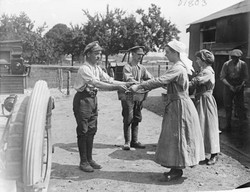
Comments